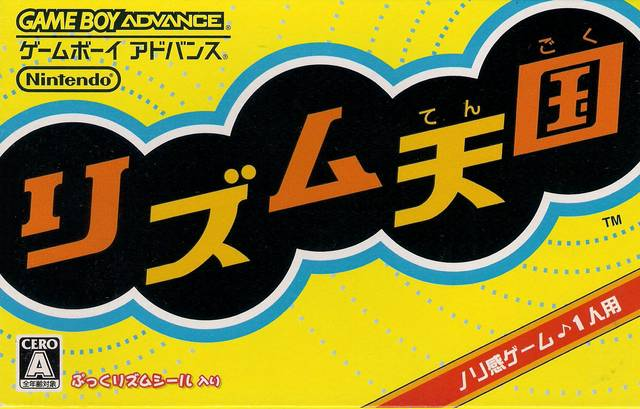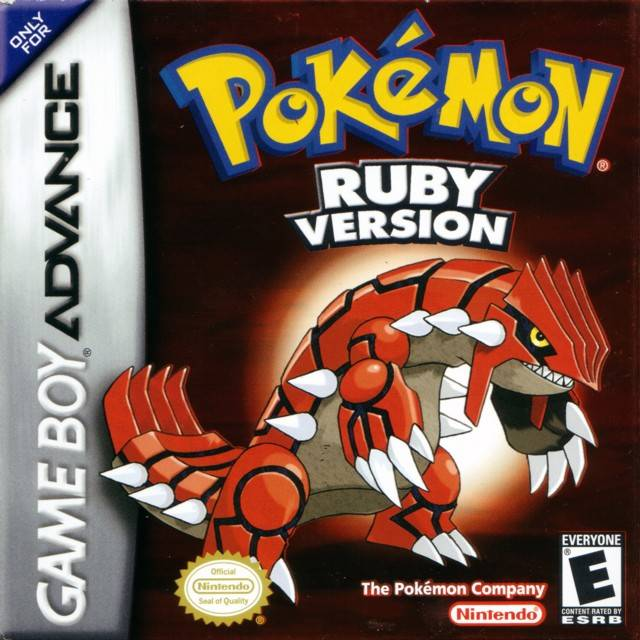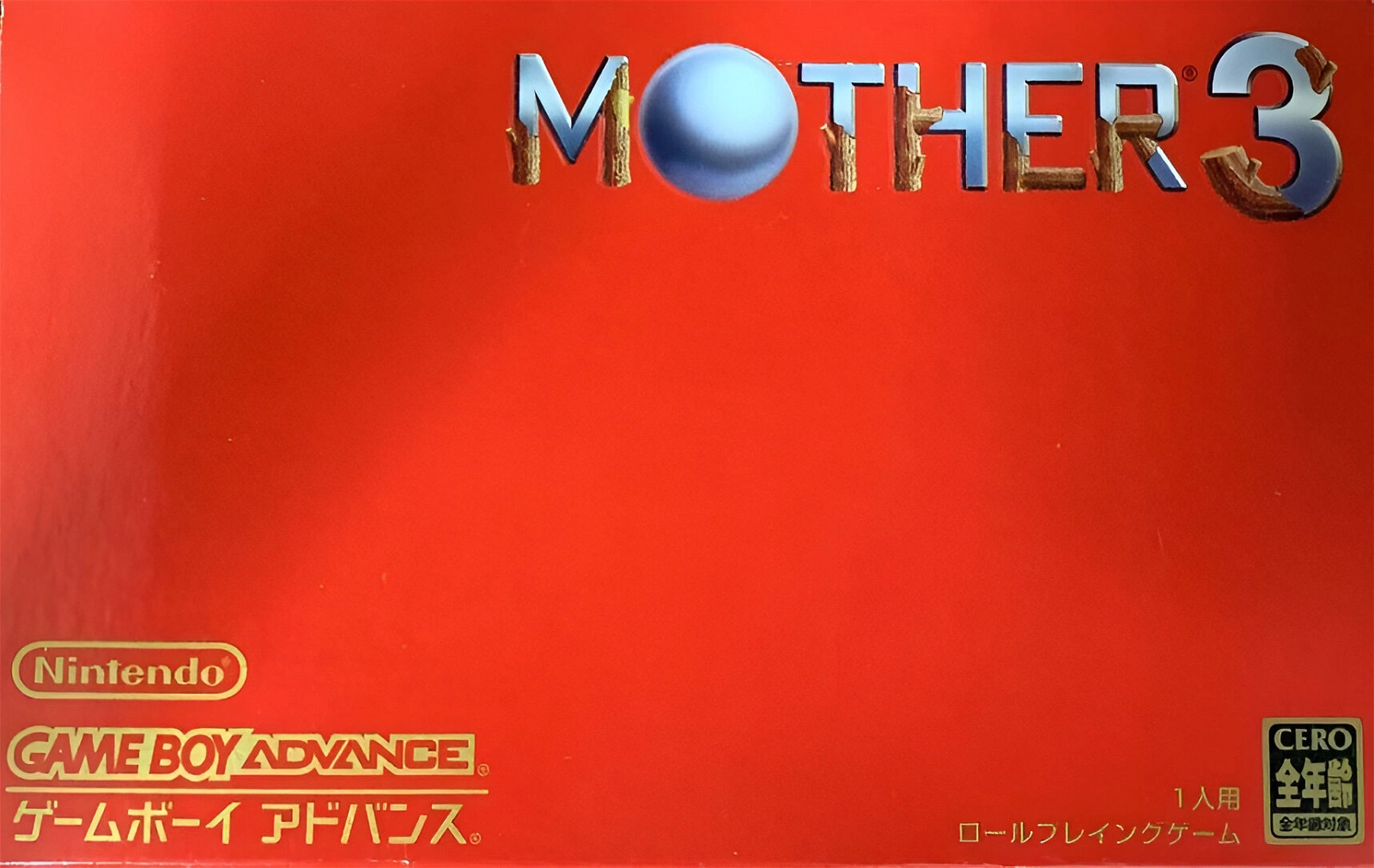The Game Boy Advance's speakers and sound hardware are the most ostracized part of the portable game console. Many critics would have Final Fantasy VI Advance as the best version of the game, perfect in all its aspects, with the downgraded music as the audacious blot on the otherwise perfection. Nevertheless, some games still exude excellence despite these limitations. These are seven of the best GBA soundtracks of all time.
Best game boy advance soundtracks
7. Harvest Moon: Friends of Mineral Town

Before Animal Crossing: New Horizons’ meteoric popularity Harvest Moon: Friends of Mineral Town was the bomb of a life simulation. It is considered the best entry of the whole franchise. It also received a remake as Story of Seasons: Friends of Mineral Town on modern platforms.
Harvest Moon: Friends of Mineral Town offers a deep and immersive farming experience, replete with interwoven mechanics that cater to various playstyles. It’s a hodge-podge of charming graphics, evocative audio, and diverse gameplay that results in a wholesome gaming experience.
The well-composed music adapts adeptly to different moods, seasons, and locations, skillfully enhancing the game's atmosphere. Summer's vibrant days are underscored by bright and cheerful melodies, while autumn's tranquility is matched with more subdued tones.
Particularly noteworthy is the love event music, which impeccably captures the emotional nuances of the relationships blossoming within the game. Although the soundtrack occasionally loops a bit too frequently, it remains a strong one of its best components. Sound effects, though lacking voice samples, effectively contribute to immersion, which is mandatory given the thousands of hours players sink in this game.
6. Hamtaro: Ham-Ham Heartbreak

Ham-Ham Hearbreak is considered one of the best-licensed games from Nintendo and has a standout Hamtaro title. It appeals to fans of the series and casual players alike. The game explores the Hamtaro/Bijou coupling concept, and while some hamsters may not be popular selections from the source material, there is some ample familiarity provided by signature characters. The game's couplings might appear unusual, and there are satirical references to well-known games.
In terms of music, Hamtaro: Ham-Ham Heartbreak delivers an enjoyable auditory experience. The music selection has been carefully curated to match the game's themes and scenarios, adding depth and atmosphere to the gameplay.
The game's music diversity is a notable aspect as well. While the Hamtaro series is known for its charming and cutesy tunes, Hamtaro: Ham-Ham Heartbreak expands its musical range. It incorporates a variety of musical styles, including dramatic fanfare and even classical compositions like those from Beethoven. This musical diversity enriches the game just like its unique genre-bending. It allows players to intensify their emotions as they progress through various scenes and challenges.
5. Metroid: Zero Mission

In 1986, the original Metroid game captured players with its challenging and epic quest, featuring the enigmatic bounty hunter Samus Aran on a mission to defeat the forces of evil on an alien planet. While the game garnered a dedicated following, its flaws became more evident over time, including the lack of a map, repetitive room design, and a dearth of explanations for power-up functions. However, nearly two decades later, Nintendo decided to give the classic title a comprehensive overhaul, resulting in the creation of Metroid: Zero Mission.
Zero Mission sought to rectify the original game's shortcomings while maintaining its core characteristics. It provided a new perspective on Samus's journey, delving deeper into the series' overarching storyline and linking the game more seamlessly with its sequels. To achieve this, the remake introduced new bosses, areas, graphics, and an overarching identity that made it stand apart from a mere port. The game was a complete reimagining rather than a simple rehashing, emphasizing the transformation of the original Metroid experience into something more cohesive and engaging.
Accompanying the improved graphics was a captivating soundtrack. While some tracks were direct remakes of the original music, they were significantly enhanced, delivering a more engaging auditory experience. The music effectively contributed to the game's atmosphere, accentuating emotions and enhancing tension. From the dark and menacing tone of Kraid's theme to the skillful use of silence in suspenseful moments, the soundtrack amplified the overall gameplay experience.
4. Rhythm Tengoku

This game embodies pure happiness within its cartridge – a jubilant tribute to music and rhythm. Music could transform what is elegantly simple, addictive, and brimming with delight. Rhythm Tengoku takes this enchantment even further, not by mimicking the closest game it is similar to, that being WarioWare, but by maintaining similar quirky artistry while infusing a generous dose of rhythm.
Rhythm takes center stage in this game – an unwavering, impartial, rhythm. Admittedly, achieving high ranks in the minigames can be quite the challenge, for this game starts at a high level of difficulty and progressively ramps it up. Yet, unlike WarioWare, it doesn't swiftly boot the player out for a misstep. The visual design directly borrows from Wario Ware's aesthetic, albeit perhaps with a touch more psychedelia. Some games purposefully zoom in and out, compelling players to rely on auditory cues rather than visual prompts.
This game was never localized in English-speaking territories, however, the game is fully translated by fans and hobbyists. Hence, there is no excuse for not playing this game anymore to experience the rhythmic energy.
The remixes are the true highlights of this game. While individual stages enable players to fall into an enchanting rhythm, repeatedly conquering a timing task until the minigame's culmination, remixes integrate five or six games simultaneously. This dynamic exchange between various gleeful minigames creates an exhilarating rollercoaster of experiences.
Above all, this game radiates an infectious sense of enjoyment. It consciously downplays shallow aspects like points, scores, and records, and instead elevates pure, untainted pleasure.
3. Pokémon Ruby and Sapphire

In Pokémon Ruby and Sapphire, the musical themes from previous sets are largely replaced by new compositions, showcasing the work of a skilled music composer. The melodies are well-crafted, contributing to the game's enjoyable and distinctive atmosphere. While the technical aspects of the sound might not be groundbreaking, the music itself is both recognizable and pleasing to the ear. Some classic themes, like those from the Pokémon Centers, return but are adapted to take advantage of the improved sound capabilities of the Game Boy Advance compared to its predecessors.
These games featured remastered versions of the classic tunes from the previous generations, as well as new compositions that matched the themes and atmospheres of the regions and locations. The music was composed by Junichi Masuda, Go Ichinose, Morikazu Aoki, and others, who used a combination of MIDI instruments and samples to create rich and diverse soundtracks.
Some of the highlights of the Pokémon GBA soundtracks include the title screen music and the Littleroot Town which is as relaxing as drinking a cup of tea, the wildly energetic battle theme, the Route 113 theme where the amazing combo of a music box and flute evokes an atmosphere of mystery, and of course, the horrifying Mt. Pyre theme which incorporates choir, bells, and organ.
2. Golden Sun

Golden Sun is one of the best games ever made on the GBA. Its excellence is not only in the core gameplay or art direction. Its music also is one of the best on the platform.
The game’s soundtrack was composed by Motoi Sakuraba, a prolific Japanese composer who has worked on many other RPGs, such as Tales, Star Ocean, Valkyrie Profile, and Dark Souls. Sakuraba is known for his distinctive style of blending classical and rock influences, using synthesizers, guitars, drums, and orchestral instruments. He has also experimented with various musical techniques, such as syncopation, modulation, time signature changes, and ground bass.
Sakuraba created a unique and consistent sound for Golden Sun’s soundtrack that sets it apart from other GBA games. He also demonstrated his creativity and skill as a composer by adding more modern sound in a high fantasy JRPG.
1. Mother 3

Japanese composer Shogo Sakai has worked on many other Nintendo games, such as Kirby, and Super Smash Bros. He was also the sound director of Virtua Fighter 2 on the Sega Genesis. Mother 3 is probably his best work, not because Mother 3 is one of the best games ever, and he gets to ride the coattail but because his compositions on their own are praise-worthy.
Sakai managed to create one of the most impressive and diverse soundtracks on the GBA platform despite the platform's limitations. Sakai is the sole composer for Mother 3. His work in this game covers a wide range of genres and tempos. The soundtrack reflects the game's rich and varied story, which spans different locations, characters, themes, and emotions. The soundtrack also pays homage to the previous Mother games, especially Mother 2, by reusing or remixing some of their iconic themes.
